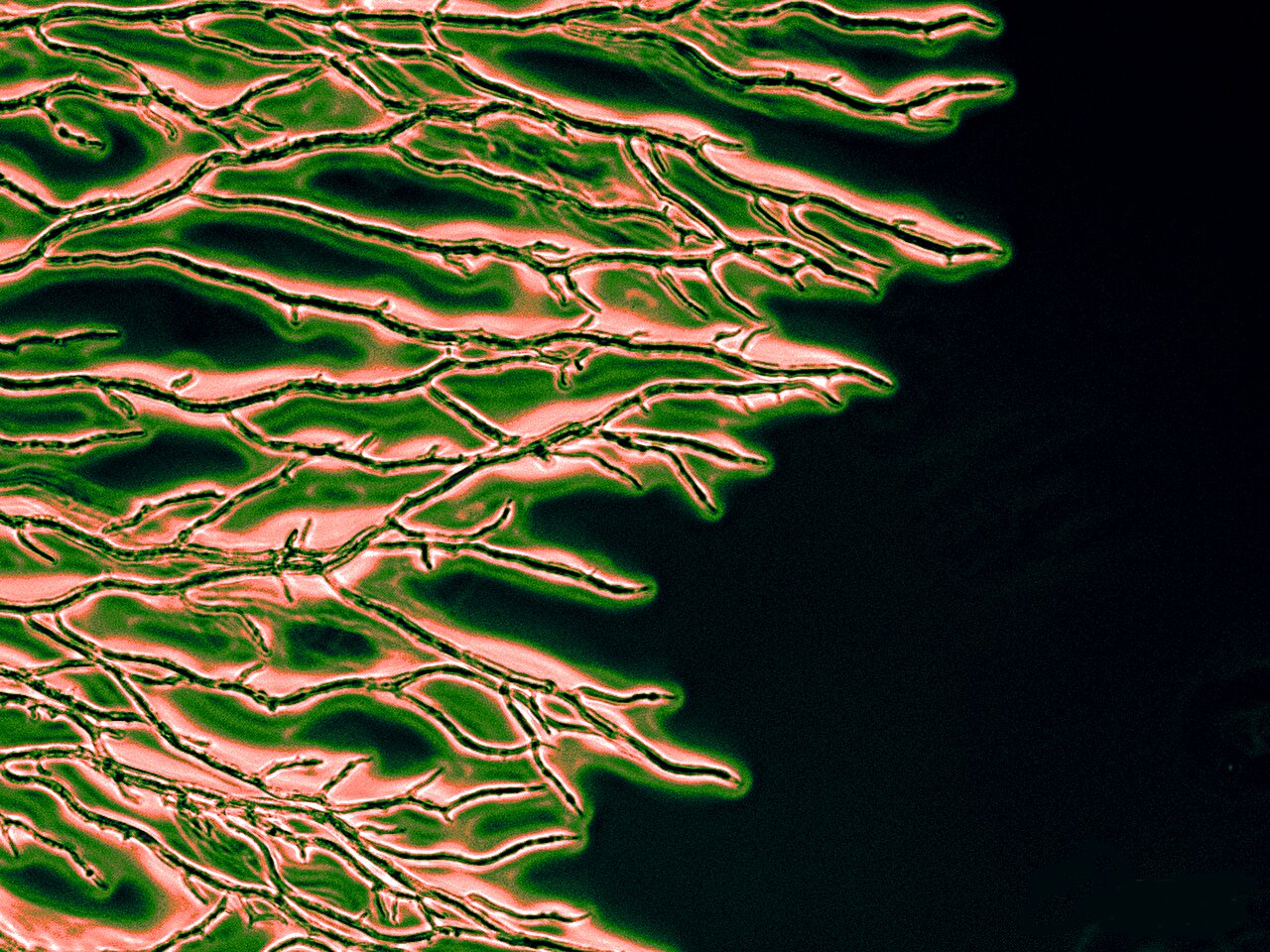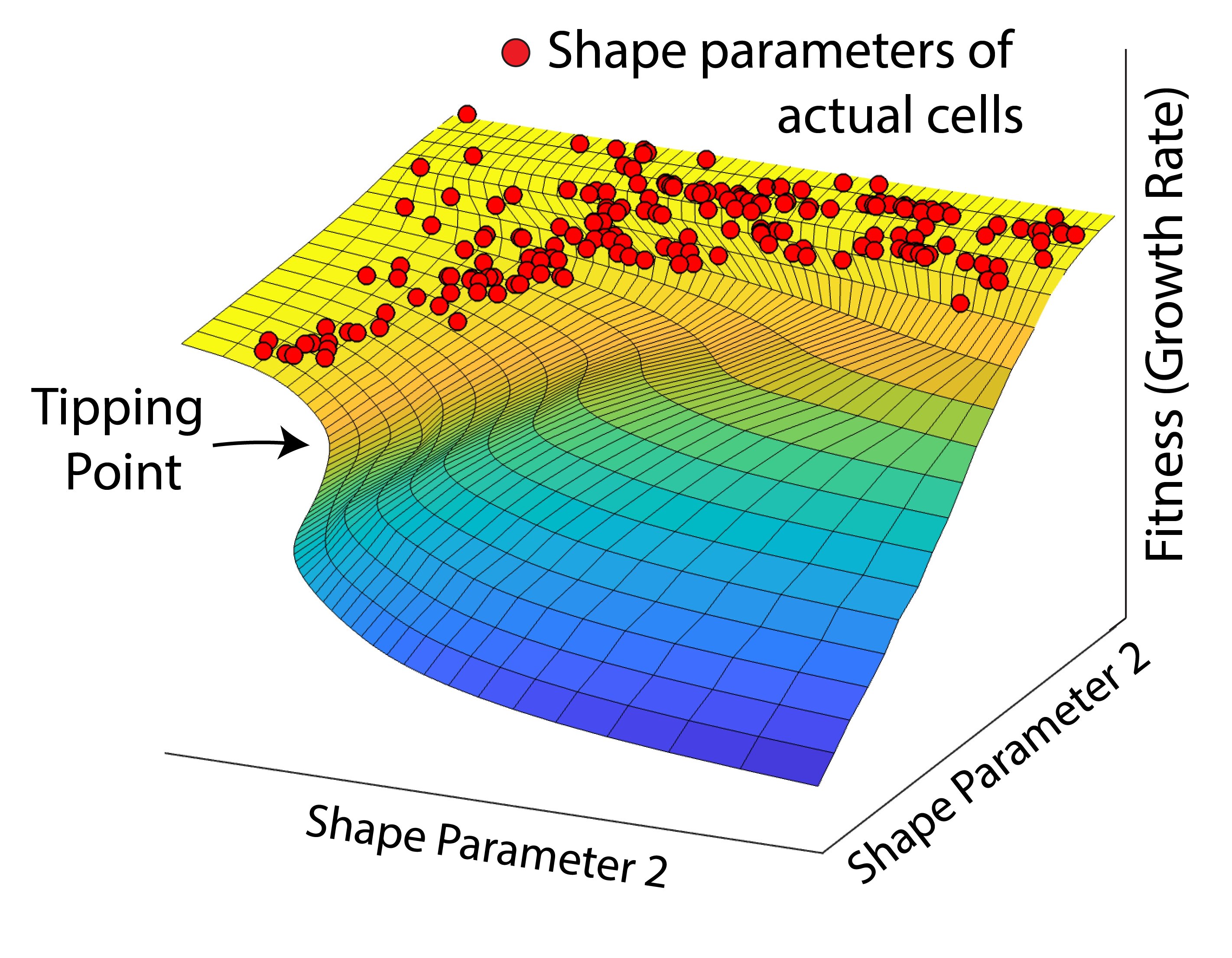A curious "tipping point" discovered in the evolution of fungi
Follow us on Google News (click on ☆)
A recent study published in the journal Cell Reports sheds light on an evolutionary "tipping point" that influences both the growth and shape of fungi. This tipping point acts as a barrier, severely limiting the shapes that hyphae, the filamentous structures making up the underground network of fungi, can take.

Hyphal mycelium.
Credit: Maxim Ohairwe
Fungi, often associated with caps emerging from the ground, also possess underground roots named mycelium. These mycelium, made up of thousands of filamentous cells called hyphae, make their way through the soil searching for nutrients. The varied shapes of hyphae, from rounded to pointed ends, play a crucial role in their ability to harvest nutrients and grow.
The research team, led by Enrique Rojas, Assistant Professor of Biology at New York University, combined theory and experimentation to explore the morphological diversity of hyphae. They discovered that the shapes of hyphae observed in nature represent only a small fraction of possible forms, suggesting a natural selection process where only certain shapes are evolutionarily viable.
Their study reveals that hyphae near this evolutionary tipping point are particularly sensitive to environmental, chemical, or genetic variations. Treatments with chemicals affecting hyphal growth showed that those close to the tipping point adopt a slowed growth and unusual shape, not appearing naturally.

Adaptive landscape of hyphae showing that natural forms are constrained by a tipping point.
Credit: Maxim Ohairwe
This discovery not only clarifies the mystery of the diversity of hyphal shapes in fungi but also sheds light on a broader evolutionary principle: adaptive landscapes can present instabilities or tipping points that impose severe constraints on complex biological traits.
This has significant implications for our understanding of evolution and ecology, particularly concerning species vulnerable to climate changes and the development of new antimicrobials targeting pathogenic fungi.